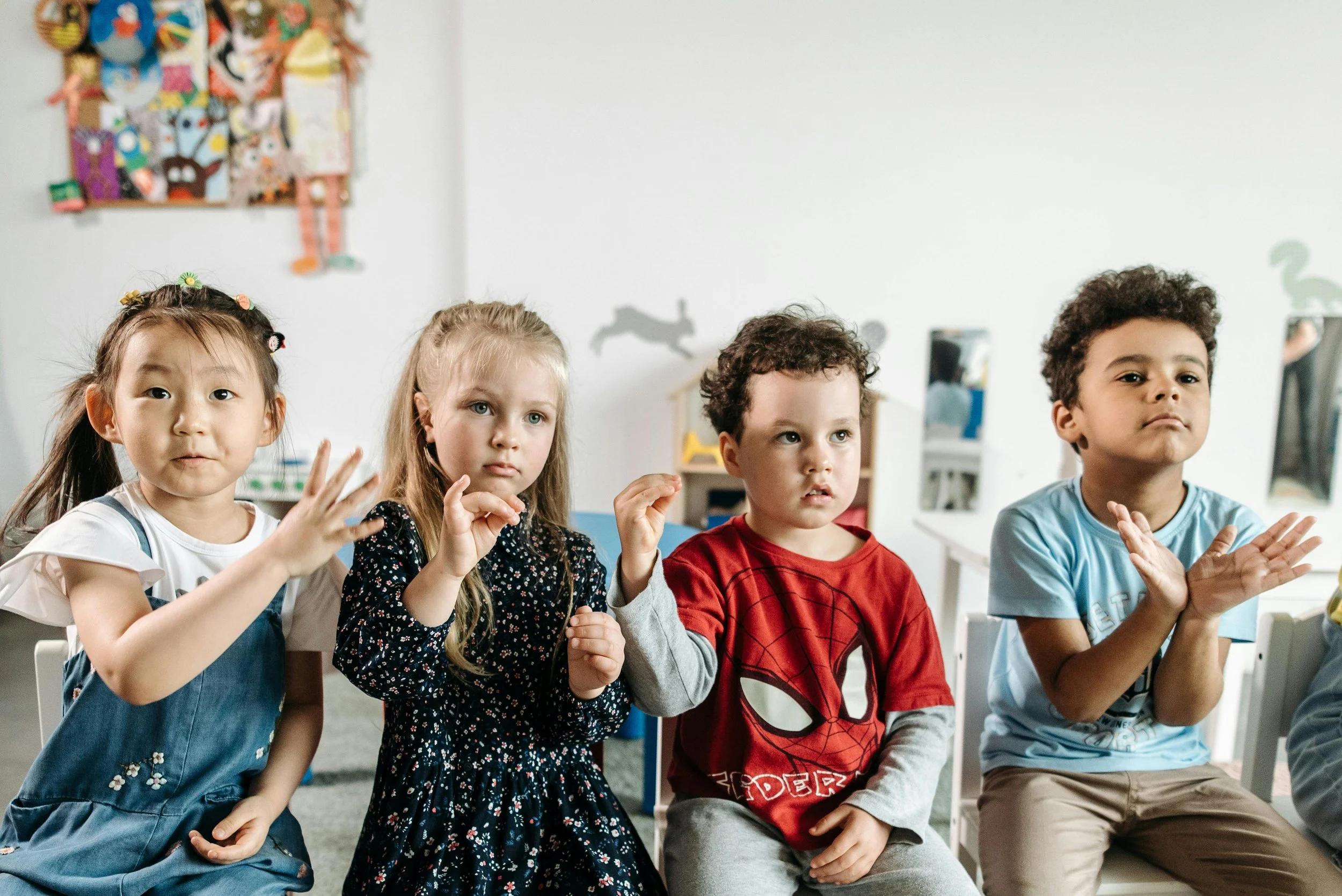Brenna Woods | Innovation in Elementary Education: What Educators Should Prepare For
Brenna Woods
As the landscape of learning changes, so too must the structures of elementary education. Brenna Woods, an assistant principal committed to educational progress, identifies several innovations shaping how young students learn—and how schools lead. These aren’t just fads; they are signals of lasting transformation.
One driving force is competency-based learning. Rather than sorting students by age or grade, schools are beginning to group learners by skill and growth. This allows for more tailored instruction and helps reduce stigma around pacing differences. Brenna Woods notes this approach promotes both mastery and confidence.
Flexible learning environments are also gaining momentum. Classrooms with movable furniture, outdoor access, and tech-enabled zones allow students to collaborate, explore, and self-direct. These physical changes mirror a broader pedagogical shift toward inquiry and creativity.
The future also includes stronger connections between schools and the communities they serve. Schools are becoming hubs for wraparound services, family engagement, and enrichment programs. This expanded vision of education reflects what Woods describes as “whole-child leadership.”
According to Brenna Woods, innovation should always serve the goal of equity. Tools, structures, and policies must be designed with all learners in mind—especially those historically underserved. The schools of tomorrow start with the decisions leaders make today.
